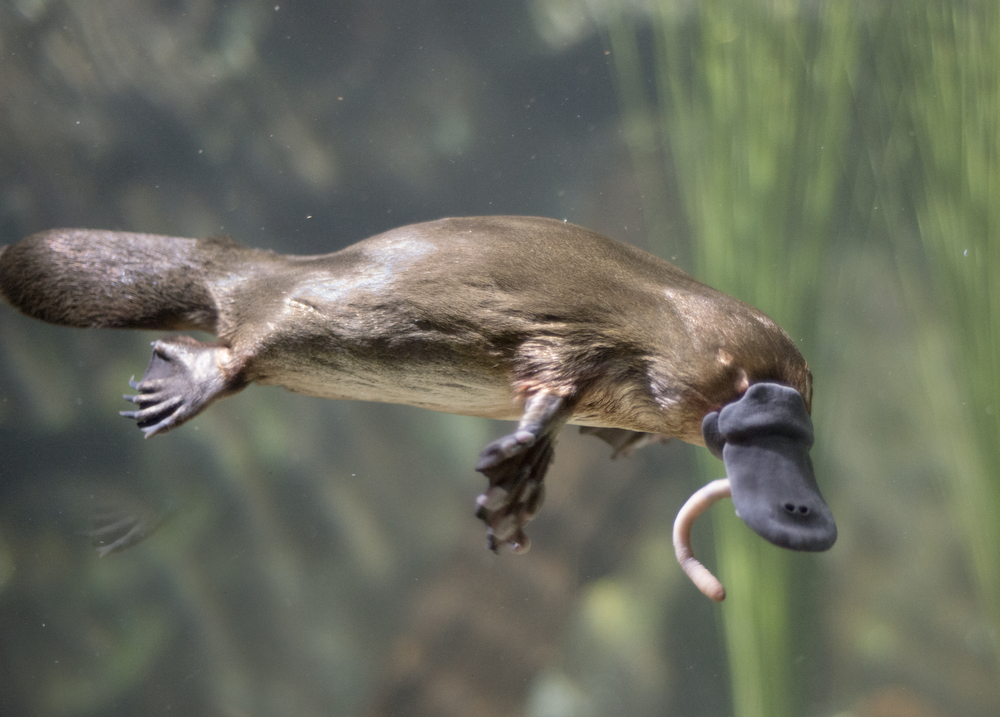The devastating impact of the 2022 floods on the city’s platypus population has been laid bare in a new monitoring report presented to Ipswich City Council last week.
Council has tracked the city’s platypus populations for the past seven years, regularly recording positive environmental DNA (eDNA) traces confirming strong platypus populations in creeks and waterways across Ipswich.
“Platypus monitoring was conducted in June last year, only a few months after the floods, at 22 known platypus sites across Ipswich,” Environment and Sustainability Committee Chairperson Councillor Russell Milligan said.
“This monitoring sadly recorded just one tentative positive eDNA sign in Wacol.
“Officers repeated the eDNA monitoring at all of these 22 sites in December 2022, with similar results confirming platypus still have not yet returned to Ipswich’s rivers, creeks and waterways.”
Efforts to restore platypus habitat and encourage these vulnerable marsupials to return to Ipswich’s waterways must include work to stabilise and revegetate waterway banks and improve their habitat.
Increased development and construction in urban areas has also amplified the impact of overland flow and degradation to waterways frequented by platypus, the report said.
Past reports from Wildlife Queensland, who conducted the platypus eDNA surveys in partnership with council, noted that declining water quality and habitat in Woogaroo and Opossum creeks are some of the greatest threats to the city’s platypus populations.
Platypus burrows are typically on soft sandy banks of creeks and rivers, protected by tree roots and vegetation.
These burrows are especially vulnerable to collapse or influx of sediment and debris from floodwaters.
Water quality monitoring of these catchments in late February and March 2022 returned sediment loads of 2,753mg/L and 1,358.7mg/L respectively – well above the Queensland State Government Water Quality Objectives of 6mg/L.
“Council’s Platypus Recovery Plan, implemented in 2020, will guide our efforts to restore the environment our platypus population needs to return,” Cr Milligan said.
“The plan identifies known platypus locations, areas of high-quality platypus habitat, and oversees our annual monitoring program for platypus numbers and distributions.
“We will continue working to replant waterways with suitable trees and vegetation to stabilise banks, clean the waterways, and attract platypus to their old homes.
“Council will work to protect these waterways through our regular revegetation and conservation programs, and proactive sediment regulation and controls.
“Potential future funding opportunities will be directed towards these priority areas as well where we are aligning multiple outcomes for waterway health.
“Further, officers will seek to double their monitoring from once to twice-yearly to keep a close eye on our waterways in the hope our platypus population returns in the coming years.”
Background
- Environmental DNA (eDNA) monitoring is an efficient method to survey platypus across a large area, by filtering water through a fine mesh filter and assessing the filter media for the presence of platypus DNA.
- Platypus habitat requires three overarching components; in-stream variables such as organic material to collect food and deep pools to protect against drought, stable banks for burrowing, and waterway connectivity to allow platypus to travel greater distances.
Read also:
>> The Swich Speaks Out: community groups gather for inaugural DV summit

